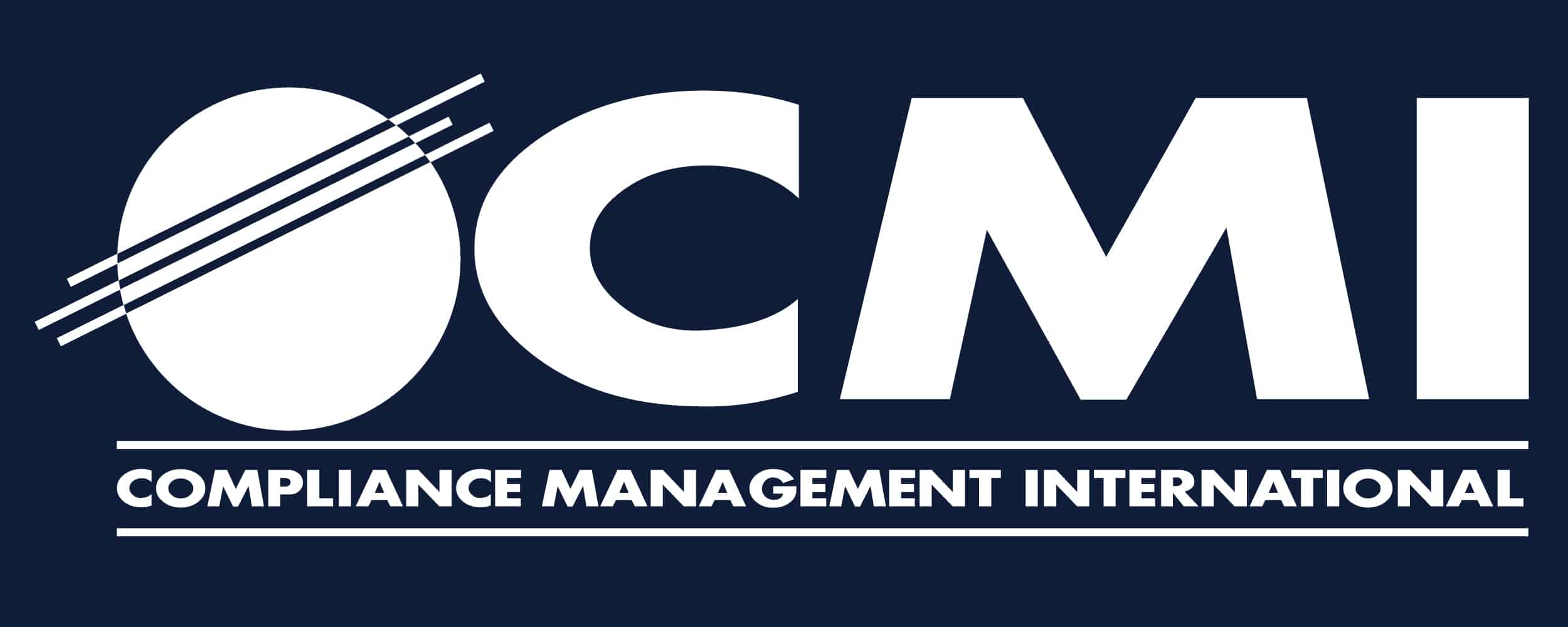
Thousands of businesses across the United States are overlooking the fact that they might not be prepared for an OSHA Inspection. In 2022, OSHA conducted approximately 32,000 inspections with over half falling into the category of “unprogrammed inspection” which result from employee complaints, serious injuries or fatalities, and referrals as the reason for inspection. The remaining inspections fell into the “programmed inspection” category which is more focused on industries and operations where known hazards exist. The reality of an OSHA compliance officer walking into your workplace is likely to occur at some point.
Employers should prepare for an OSHA inspection just like any other audit or assessment. Being prepared ensures your organization handles it well when the time comes.
WHAT TO EXPECT
OSHA inspections will follow a pattern which includes an opening conference, a walkaround inspection and a closing conference. In addition, OSHA also must complete the inspection within six months of the start date, so you should expect the inspector to return any day within those next six months, if necessary.
WHAT TO DO
From the moment an inspector arrives at your business, the inspection has started. Plan to verify the inspectors’ credentials and exchange contact details. At the opening and closing conferences it is often asked of the employer to provide certain documents pertaining to the level of trainings given to the employees, injury and illness logs and generally any safety cautious documents the employer may possess. To provide more specifics, we have identified 5 key elements to have in order prior to an inspection below:
1. Hazard Assessments
OSHA requires employers to perform a hazard assessment for every type of job that employees will perform within the workplace. These assessments allow OSHA to see what hazards exist and how the employer plans to reduce those hazards in order to provide a safe workplace for the employee.
2. Safety Training
The inspector will check whether your employees have received the proper safety training specific to the task they complete. All trainings should remain up to date and a lot of times re-trained on an annual basis depending on the topics. It is of importance that the employer can quickly provide the documented proof of trainings with appropriate dates during the opening or closing conference.
3. Recordkeeping
Recordkeeping review will include not only training records but also a review of written policies, exposure records, Safety Data Sheets, inspection reports, safety committee meeting minutes and other
communication from management. They will also look at least three years of OSHA 300 Logs and related accident report forms and investigation reports.
4. Communication
On an annual basis inform your employees of their rights to a safe and healthful workplace and how they can report injuries, hazards and understand their exposure to hazards.
5. Facility Tour
Prepare your workplace for an inspection through regular site inspections. It is important to have your entire workforce participate in site inspections, regular housekeeping efforts, and methods of identifying hazards. Have a plan and practice the way your team will handle a facility tour.
Although hearing the term “OSHA Inspection” may be alarming, employers who are well prepared, have been provided guidance and are knowledgeable of OSHA regulations will be rewarded at the end of the process with a sigh of relief. We encourage all business and employers to be pro-active and assume that an OSHA inspection will be a reality and the importance of being prepared for that situation is ultimately up to the level of commitment each business possess.
CMI is here to help you prepare for an OSHA inspection by conducting audits and site inspections, employee training and policy review. Contact us today to learn more how our team of professionals can help!
Written by, Cole M. Campbell, GSP
